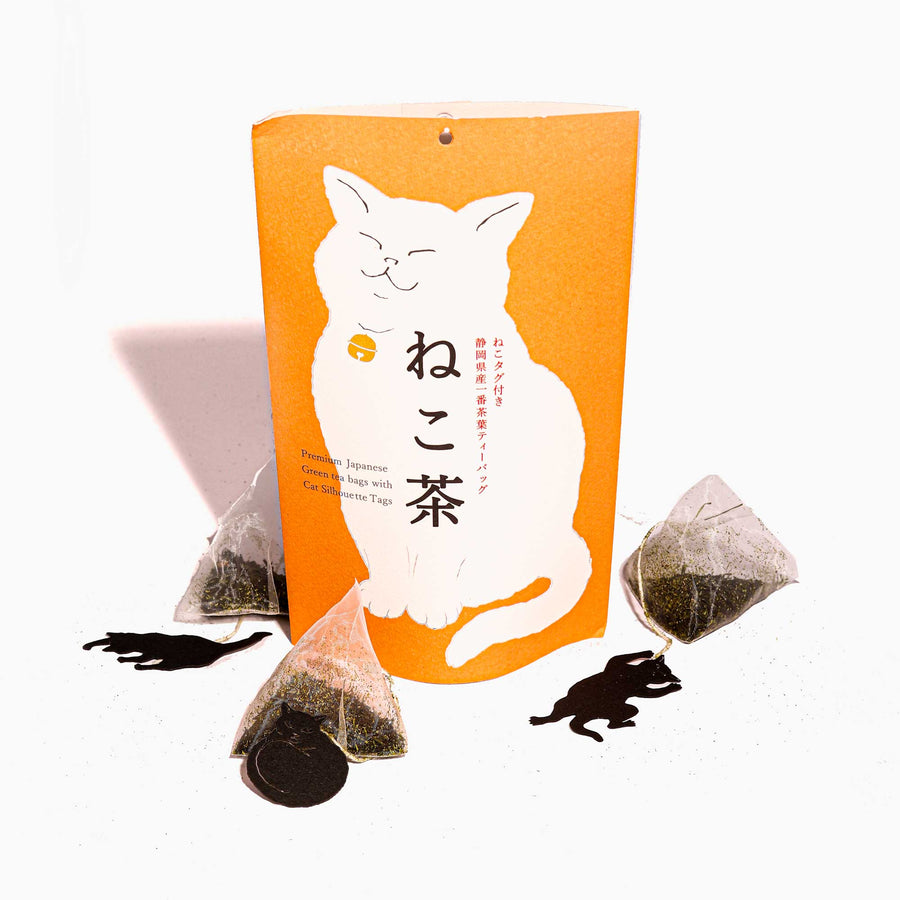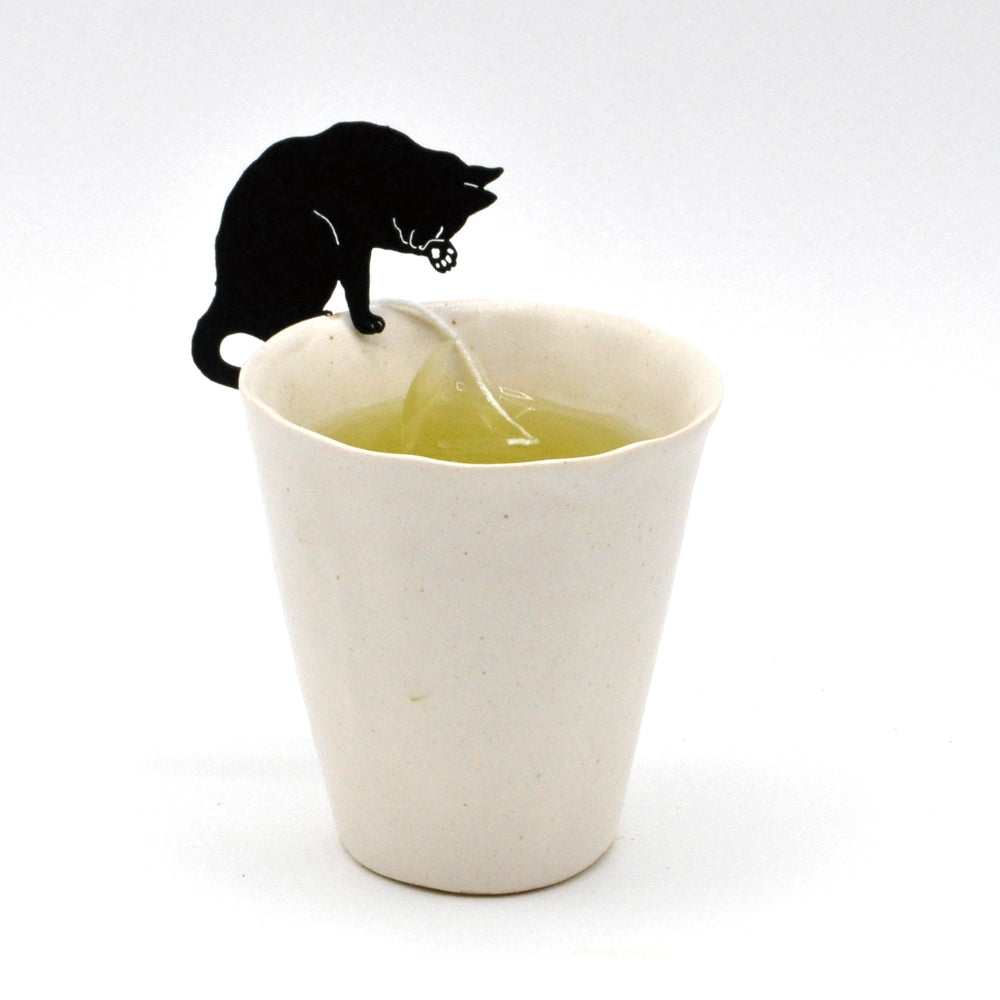A Guide to Japanese Monsters: What is a Kitsune
If you’re here, you’ve likely been combing the internet for some good intel on kitsune , a beloved and ancient shape-shifting Japanese fox spirit with supernatural powers. Or perhaps you know about kitsune. You love kitsune! You’re just hungry for more information on…what should we call them? Japanese monsters…or Japanese mythical creatures…or would “Japanese mythological creatures” do the trick? As you can see from the title of our post, Bokksu is running a blog series on the topic of “Japanese monsters.” But what exactly qualifies something as monstrous?
Why We Call Them “Japanese Monsters”

Please release all connotations of deformities, frightfulness, or even corporeality. That’s right: we’re calling ghosts and other ethereal spirits “Japanese monsters,” too!
It’s really difficult to translate or systematize the many different categories of Japanese mythological creatures; there are simply too many, and the rules for what makes someone a demon or a ghost in Japanese mythology are complicated and irregular.
To avoid getting lost in the tall grass (perhaps not the ideal place to talk about ghouls), we’ll be using the terms “Japanese mythical creatures,” “Japanese mythic creatures,” and “Japanese monsters” interchangeably for all of our supernatural friends.
In Japanese folklore, some are trolls, others are ghosts, and some are vengeful household goods. Some, like the first type of kitsune, are linked to religious figures or stories in Japanese mythology. And some, like the other type of kitsune, are simply characters who appear in Japanese folklore. (Don’t worry, we’ll review them before the test!)
Whenever you see references to Japanese mythical creatures or Japanese monsters, we’re talking about beings who 1.) possess supernatural powers and 2.) appear in some very interesting tales. Like today’s hero, the Japanese kitsune!
Kitsune: A Tale of Two Foxes
Kitsune pop up often in Japanese stories, and anyone who’s spent some time in Japan has likely spotted kitsune (the word kitsune literally means “fox”) at a temple or shrine. As with so many elements of Japanese religion and culture, the kitsune is a relative of wild fox spirits from Korea, China, and India. So what is a kitsune, exactly?
Kitsune, also referred to as a Japanese fox, are magical creatures found within Japanese culture. This nine-tailed fox is believed to have the magical ability to change its shape, conjure illusions, possess and curse people, and travel great distances. Perhaps the most well-known magical power of these kitsune is that they can take on a human form or the form of a wild fox spirit.
Since the word kitsune itself translates to fox in English, these wild fox spirits are seen as symbols of mischievousness, but also wisdom and good luck.
Kitsune in Ancient Japan and Japanese Culture
In folktales, kitsune is a fox that is more akin to these earlier supernatural foxes: though kitsune can be faithful or lucky, the “Japanese monster” in folktales is more often sinister and a wily trickster. Japanese kitsune will carry out deceptions by pretending to be humans themselves and assuming a human form, sometimes even marrying and giving birth to humans!
There is a traditional kitsune story similar to the Scottish selkie (seal woman) folktale, in which a kitsune marries a man and gives birth to human children, only to eventually shapeshift back into a fox and disappear, often to escape a fearful enemy. In other tales, kitsune will possess humans, create fire or strange lights in the sky using its magical ability, transform into yet other objects, and even distort one’s entire sense of reality.
Like the kitsune of folklore, the kitsune of the temple is extremely wise and powerful. Holy kitsune, however, is a benevolent, white-coated messenger to Inari, Shinto god of rice. This version of kitsune gains wisdom and tails as it ages. (Some readers may recall a Pokemon called Ninetails, the maximum number a kitsune is said to gain over time.) Partly because of Inari’s power and scope, kitsune are very popular Japanese mythical creatures by association.
Inari’s Kitsune: Japanese Mythical Creatures and Messengers

Calling Inari ōkami “Shinto god of rice,” is an oversimplification. Inari ōkami often combines with, or is a relative of other Shinto gods of food, at least one of whom can transform into an Inari fox. Some believe Inari to be a Shinto version of the bodhisattva called Dakiniten, who rides a fox. Sometimes Inari appear as male, often as female, and sometimes even as a fox! But why is Inari—and thus, kitsune—so commonly found?
The short story: when money replaced rice as a measure of wealth and success, Inari expanded their holy territory to include all kinds of business and industry.
Inari is the god one prays to for tea, sake, fertility, the protection of fishermen (along shorelines), fire prevention (in big city Edo, aka Tokyo), and the healing of maladies. They are even the patron deity or actors, sex workers, and others living in the Pleasure Quarters: a place one can easily find a shrine to Inari. One could say that Inari is a one-stop holy shop, someone you’d like in or around your corner.
Each Inari shrine is protected by at least two kitsune. A lot of Inari shrines mean a lot of kitsune figures along your religious path.
Food of the Japanese Mythic Creatures

If kitsune are the messengers for Inari, it stands to reason that if you want to reach Inari, you’d go to a kitsune first. Along with your prayer, the perfect token of appreciation is kitsune’s favorite food: aburaage, or deep-fried tofu! If you’ve come across kitsune udon on a menu, that’s because it contains aburaage, food of the fox!
At Bokksu, you can also now aburaage in this instant miso soup or alone, simmered, seasoned, and made into pouches.
Inarizushi, sushi rice wrapped in a pouch of aburaage, is a common kitsune/Inari shrine offering, and a rare vegetarian sushi option for the hungry. We highly recommend getting two: one for your local kitsune, and one for you.
Featured Blog Products
Author Bio

























